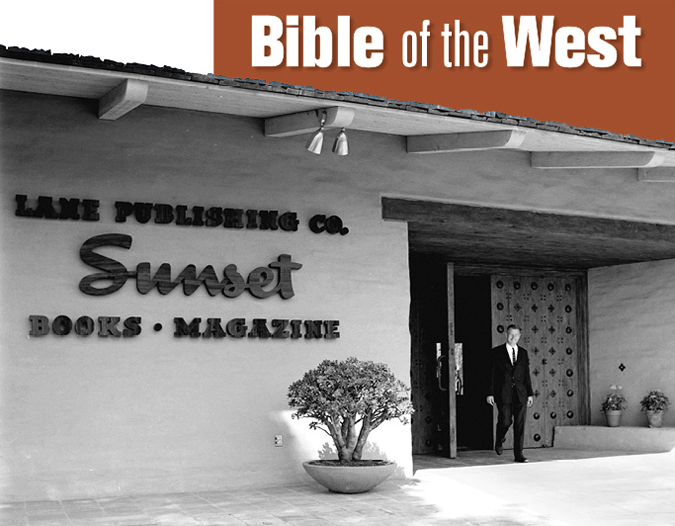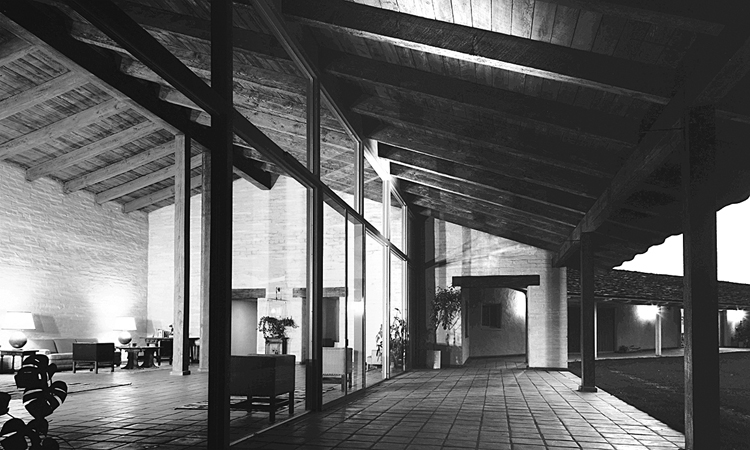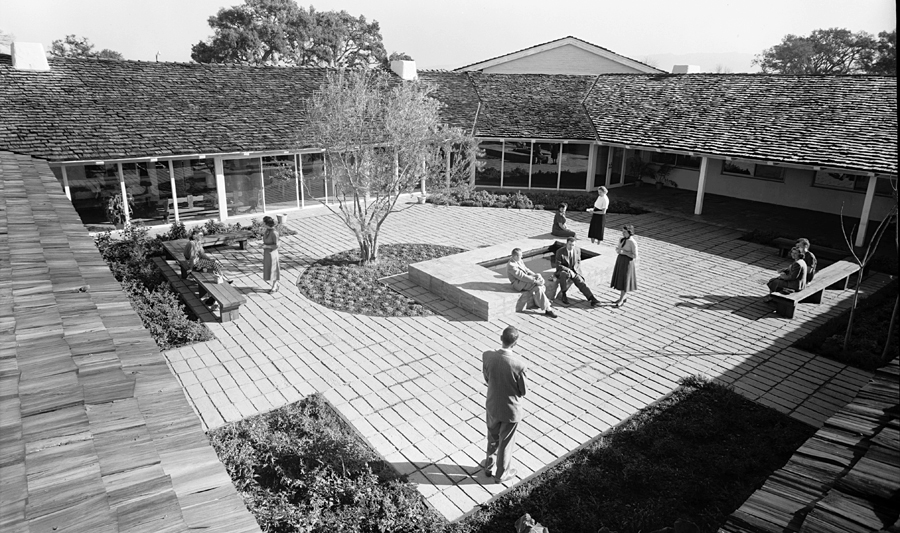Bible of the West
 |
 |
 |
|
|
There were high hopes for houses as World War II drew to a close—and no one was higher on the house of the future than Sunset magazine.
"It would not be surprising if the client of the future sees himself walking into his architect's office," architect Francis E. Lloyd wrote in the March 1944 issue, "allowing himself to be analyzed, answering questions as to color and pattern preferences, filling out a form which would outline the way he wishes to live—and then moving into a house especially designed to really suit him a week from the following Tuesday."
Over the next several decades Sunset—its pages covered and still cover travel, cooking, and gardening—emerged as the most forceful influence in convincing ‘Westerners,' as the editors called their readers (always with that capital ‘W'), that modern homes were the only way to go.
"The magazine was the ‘Bible of the West,' how you should live in the West," says Dan Gregory, who worked for Sunset's Home section for 27 years and became senior home editor in the mid 2000s. "There was a Jeffersonian, practical idealism to it."
Throughout the 1940s until the early 1970s, Sunset trumpeted in homes the very qualities that people today still love in Eichler homes—openness, glass walls, plentiful light, family rooms, and informal living. Today, when fans think of the magazines that pushed mid-century modernism, they think first of the Los Angeles-based Arts & Architecture, published from 1938 through 1967.
But while Arts & Architecture was selling fewer than 10,000 copies each month, generally between 32 and 38 pages each, Sunset was selling well over a million copies, often with a page count of 280 up to 300.




